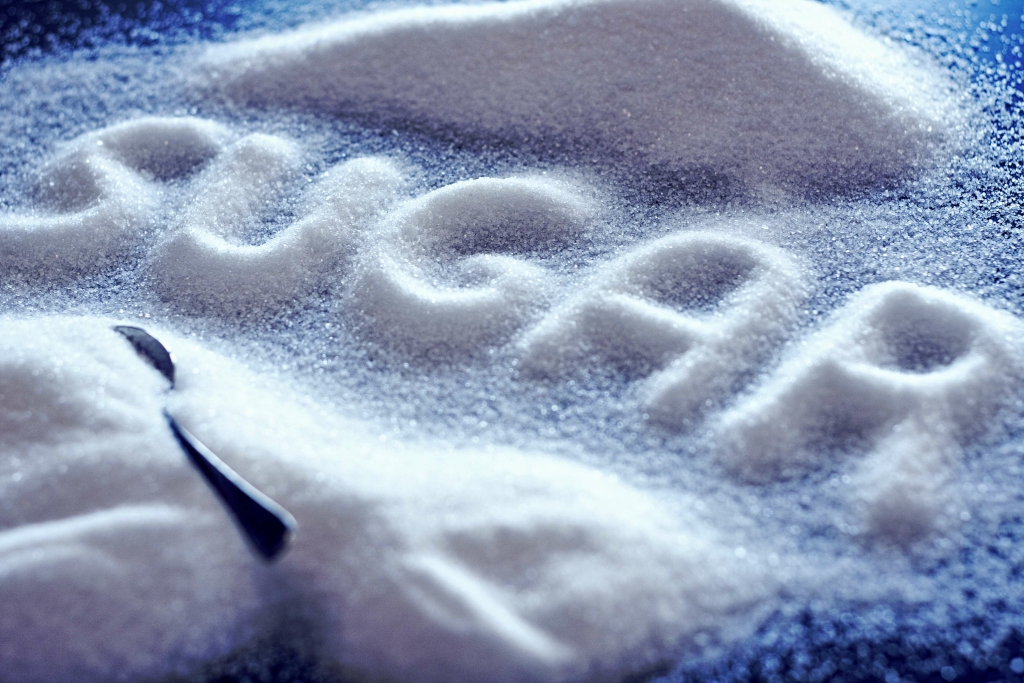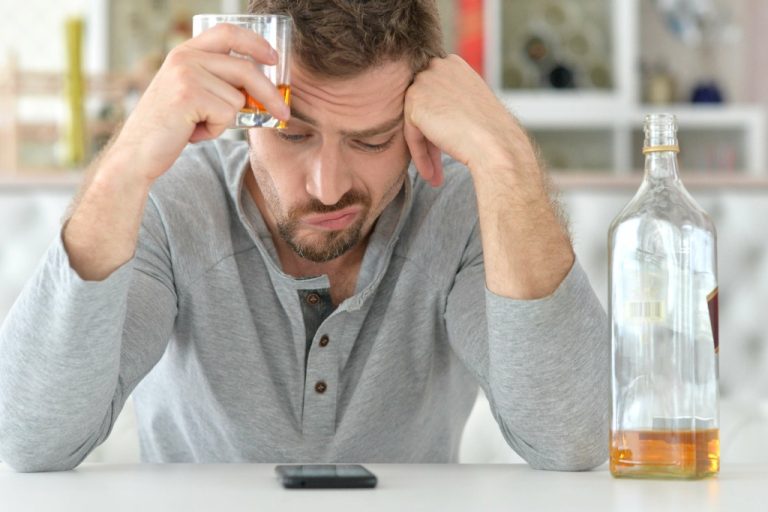A chronically damaged liver may not produce the proteins required for coagulation. This increased blood flow means more blood might escape the vessel if it ruptures. Around 10% of people experience non-epileptic seizures triggered by syncope, low blood sugar, POTS, does alcohol make you bruise easier panic attacks and more. Over time, alcohol can cause vascular dysfunctions which make vessels more prone to rupture and leakage.
The Blood Thinning Properties of Alcohol

When there’s not enough hemoglobin to go around, the body’s red blood cells aren’t able to function properly. Because they act as the body’s oxygen-delivery service, your cells won’t receive enough oxygen to thrive, making your skin more susceptible to bruising. Following many years of sun exposure, sun-damaged skin can become thinner and blood vessel walls weaker, leading to more frequent and darker bruising, Dr. Johnston says. The consumption of alcohol affects your coordination and judgment and, likely increases the chances of accidents – bumping into things and falling. Most bruising after drinking often stems from unseen or unnoticed injuries.
Types of Bruises
These could be signs of an underlying medical condition impairing clotting and platelet function. Bleeding disorders, liver disease, blood cancers, vitamin deficiencies, what is alcoholism autoimmune disorders, and certain medications can all inhibit normal clotting. It increases the risk of various types of cancer, as well as high blood pressure, heart disease, and stroke. Another health-related risk linked to chronic alcohol misuse is liver disease, which is often the cause of bruising from alcohol. First, alcoholics are more likely to fall and injure themselves, which can cause bruising.

General Health
For resources related to AUD, including how to get support, please visit the NIH website. We’ve also partnered with Moderation Management, a non-profit dedicated to reducing the harm caused by the misuse of alcohol. Sunnyside is the leading alcohol health platform focused on moderation and mindfulness, not sobriety. On average, members see a 30% reduction in alcohol consumption in 3 months, leading to improved sleep, diet, and overall wellbeing. While there is no direct relationship between alcohol and hair loss, heavy drinking may lead to other issues that thin out your locks.
If you’ve noticed any of the above symptoms, http://behavioranalysisonline.com/how-to-start-a-sober-living-home-that-makes-money-2/ you may consider going cold turkey to improve your health. Additionally, research has shown that alcohol may alter the composition of helpful microorganisms in your gut. These organisms play a crucial role in your gut and immune system function.
- This dilation can make blood vessels more susceptible to rupture, resulting in bruising.
- Frequent bruises can be a sign of physical abuse, whether in a child or an older person.
- Medications commonly taken by older individuals, such as blood thinners, can also further exacerbate bruising easily.
- Factors such as alcohol’s blood-thinning effects, impaired coordination, and liver damage can increase the risk of bruising.
- Consuming enough water is one efficient way to promote optimal hydration.
With platelet disorders, such as thrombocytopenia, there may be an underproduction or overproduction of platelets in the body, or platelets that don’t work normally. “In the case of too few platelets, the body won’t be able to control bleeding after experiencing physical trauma,” Dr. Johnston says. The inflammatory disease process (rheumatoid arthritis, lupus and the like) can lead to a low platelet count and affect how well your blood clots following an injury.
Does drinking alcohol cause bruising?
- Yes, alcohol reduces your blood’s ability to clot by impairing platelet production and liver function.
- Bruises happen when blood leaks out of your veins and capillaries and pools under your skin because there isn’t an opening for the blood to get out of your body.
- In some cases, frequent and unexplained bruising can be a sign of an underlying health condition.
- Ehlers-Danlos syndrome (EDS) refers to a group of genetic connective tissue disorders that affects one in 5,000 people worldwide.
- But if you often drink a lot of alcohol and you tend to get a lot of bruises, it may mean you’ve got liver problems.
One study showed that the development of a yellow color was the most noticeable change in a bruise over time. The development of a yellow color happened much faster in people who are younger than 65 years old. This study also showed that yellow bruises were generally older than 18 hours.
Focusing All Attention On Drinking
ARLD does not often cause symptoms until it’s reached an advanced stage. If you misuse alcohol, you may have liver damage, even though you have none of the symptoms above. If you’re worried about your drinking habits or bruising, talk to a doctor. They can help you determine whether you have a problem and what to do next. Hence, drinking alcohol makes it harder for your immune system to gear up and mount a defense response against invading pathogens and viruses.